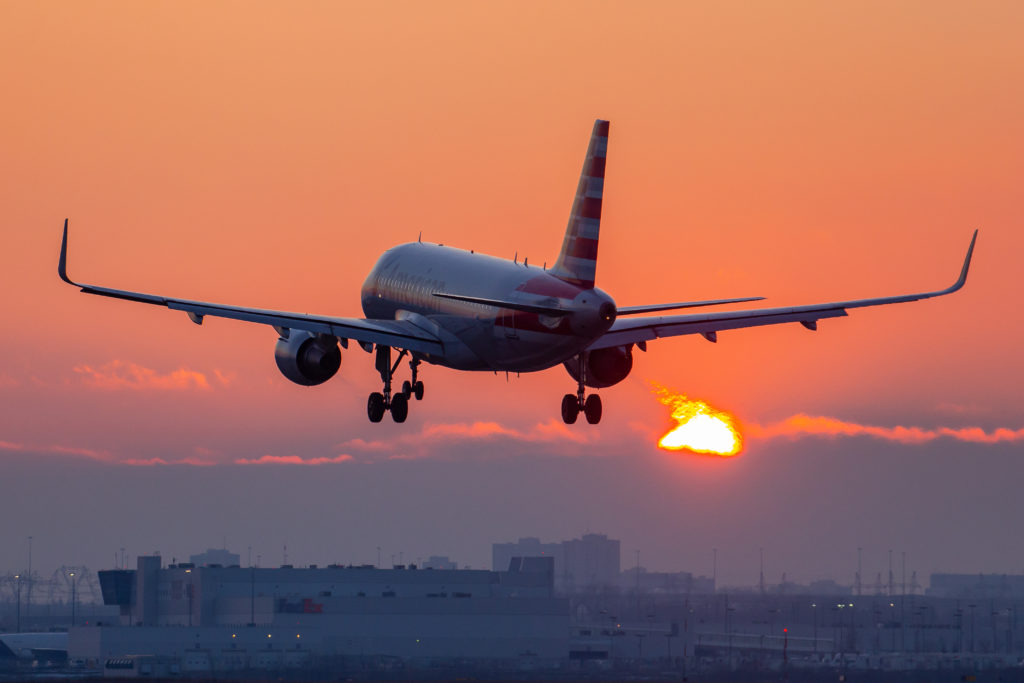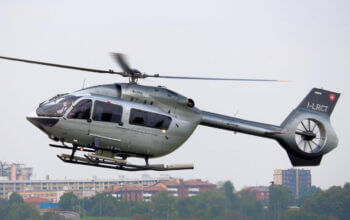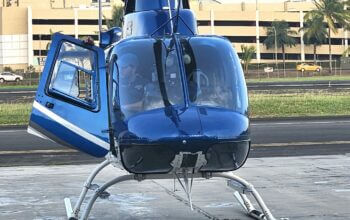Estimated reading time 8 minutes, 19 seconds.
Concerns about advanced wireless networks — specifically those that utilize frequency spectrum adjacent to bandwidth used by aviation equipment — have been occurring for more than a decade.
In 2011, questions were raised about a proposed 4G LTE telecommunications network and its interference to GPS signals. Four years later, in 2015, the first concerns were voiced by aviation stakeholders regarding potential 5G interference in the U.S. These stakeholders proposed limiting such network frequency allocation to a lower range of 3.2-3.7 gigahertz.
Then, in February 2021, telecommunications providers Verizon and AT&T were awarded the 3.7-3.98 GHz spectrum for use by their respective high-speed voice and data transmission networks in the U.S. This range is commonly referred to as the C-Band. The potential risk, as far as aviation stakeholders are concerned, is that this frequency spectrum is adjacent to frequencies used by radio altimeters — “a critical piece of safety equipment in commercial airliners and many business aircraft,” the National Business Aviation Association (NBAA) said in its recently published 5G resource report.

These 5G networks were initially supposed to launch in late 2021, which then got moved to Jan. 5, 2022. That date was pushed by Verizon and AT&T a third and final time to Jan. 19, 2022, thanks to concerns voiced by lawmakers and top officials with the FAA and U.S. Department of Transportation, in unison with aviation stakeholders like the NBAA. The FAA said this two-week delay will allow more time and space to reduce flight disruptions.
While there are interference concerns for both fixed- and rotary-wing aircraft equipped with a radio altimeter, Verizon and AT&T have said they intend to provide “protection zone” mitigations in active service areas for six months following the 5G launch.
So, what happens for aircraft operators after Jan. 19? The NBAA has obligingly offered answers to some frequently asked questions.
What is it exactly about 5G that is making industry stakeholders so concerned?
In a nutshell, if 5G networks were to interfere with radio altimeters, the equipment could not be relied upon to perform its intended function — which is to provide real-time and accurate measurements of an aircraft’s clearance over terrain and obstacles. This “in turn could lead to restrictions on their use during instrument approach procedures and in low-visibility conditions,” the NBAA said.
Moreover, radio altimeters, in some cases, could be integrated with other aircraft equipment like terrain avoidance and warning systems, autoland capabilities, head-up displays, as well as landing gear “weight on wheels” switches, tied to aircraft pressurization, thrust reversers, ground spoilers, and anti-skid braking.
On Dec. 23, 2021, the FAA released a Safety Alert for Operators (SAFO) and Airworthiness Directives (ADs) for all transport and commuter category airplanes, and all helicopters, equipped with a radio altimeter. The ADs require operators to insert limitations into their flight manuals that would prohibit use of radio altimeter systems when operating in specific areas NOTAM’d for potential 5G interference.
The ADs would essentially “restrict operations of aircraft to a designated and potentially more limited roster of airports or airspace areas,” the NBAA said.
What airports will be affected? What are the potential mitigations?
There are 50 U.S. airports that are working through six-month mitigation measures related to 5G. Those 50 airports have been identified as having the greatest impact to the U.S. aviation sector. See the FAA’s list of airports that will be protected from 5G signals for six months, here.
“For other airports, potential FAA NOTAMs restricting radar altimeter use in 5G environments may be in effect, in addition to instrument approach procedures for airspace regions that lie within any of 46 Partial Economic Areas nationwide identified by the FCC,” the NBAA said. “These cover many airports utilized by commercial and business aviation, including 135 Part 139 certificated airports and many other non-Part 139 airports and landing facilities.”
It is also expected that the NOTAMs will call on operators to report to the FAA any interference with radio altimeter operations, using an online feedback form. That information would then be used to validate potential impact from the new 5G signals.
Will I still be able to fly certain instrument approaches in affected areas?
The NBAA’s guidance for aircraft owners on this matter is to consult with their OEMs and other relevant authorities, as well as reference associated NOTAMs and ADs, to determine how the 5G roll out may affect their specific aircraft avionics and operational capabilities — including CAT II/III approaches dependent on radio altimeter data.
What about other regions worldwide that have implemented 5G networks without apparent interference issues?
According to the NBAA, U.S. standards and operating environments are unique and, therefore, there is “no valid comparison.”
5G networks in other countries and regions of the world are technically different because they operate at reduced power and/or utilize different frequencies that are farther from the radio altimeter spectrum — in comparison to the C-Band frequencies to be utilized by the Verizon and AT&T 5G networks in the U.S., the association explained.
See more answers to the FAQs published by the NBAA, here.








